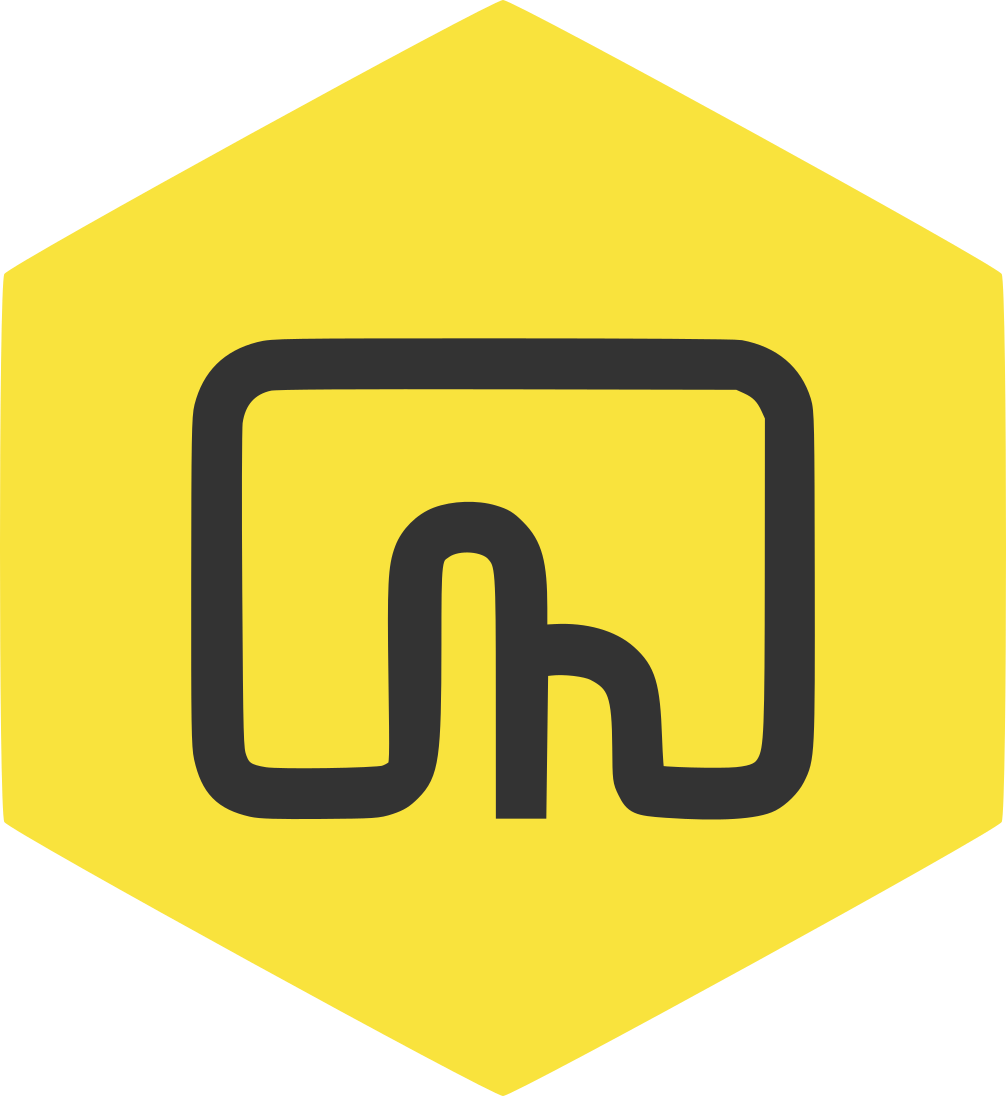btt

Manage your BetterTouchTool in JavaScript, easily.
Get started
See the guide and api for btt.js.
About
This package is a handy wrapper over BetterTouchTool built in webserver API. (by @Andreas Hegenberg)
This package will allow you to automate you MacOS-running machine using JavaScript. You'll be able to:
- Create event listeners that'll run within an operating system, outside the browser!
- Toggle your do-not-disturb state
- Show a system notification
- Toggle Night Shift
- Sleep your computer after timeout
- Create your own touchbar widgets
- Feel a notification via haptic engine
- Control the brightness of the screen and keyboard
- Control the volume levels
- Use the content of your clipboard to be opened in a specific url or application
- Create your own UIs "within system" using web view
- Trigger a system-wide keyboard shortcut
- Send a shortcut to a specific application
- Show / Hide / Open / Quit a specific applcation
- Move your mouse to a specific position and click
- Hide your cursor
- Lock / Unlock your MacOS machine
- Integrate your flow / touchbar with various APIs ...
and anything else that BetterTouchTool or the JavaScript specification will allow you to do!
Typed, browser/server side library
This package provides its own type definitions and can be run both on browser (using module bundlers) and in a nodejs environment.
Requirements
This package depends on the application BetterTouchTool in at least version v2.0.0, you need to have it installed and running before going further.
Then, please enable and configure the webserver in the BetterTouchTool preferences. You're now ready to go!
Installation
npm install btt
Example usage
First, create a btt instance passing the required data for BTT webserver.
// import Btt class from the package; // create an instance representing btt webserver// can be remote or local;Now you can invoke the actions - there are plenty of ways to do it, and all are promise-based.
// sequentially run three actions - spotlight, type text and night shift// as all actions are promise-based, you can use async/await notation without hasslebtt .triggerShortcut'cmd+space'.invoke .thenbtt.sendText.invoke .thenbtt.toggleNightShift.invoke; Response structure for every action
// every single action returns a CallResult object containing information about the Call Chaining methods
// you can also use a custom chain method to simplify even more and avoid using async/awaitbtt .invokeChain // 1) .triggerShortcut'cmd+space' // 2) .sendText // 3) .wait1000 // 4) .toggleNightShift // 5) .call // 6) .thenconsole.infov // 7) // Explanation:// 1) Starts method chaining// 2) Action that a user wants to perform// 3) Action that a user wants to perform// 4) Additional method available in chain only - wait before triggering next action// 5) Action that a user wants to perform// 6) Invokes all previously-defined actions, ensuring the execution order// 7) Returns a promise that resolves once all of the actions are fulfilled. // Contains information about the status of the chain (time, value, status)Event listeners
You can even register a system-wide event listener within BTT that'll trigger particular actions
// creates a trigger in BetterTouchTool. Keep in mind that this is persistent until you manually delete it!btt.addTriggerAction'oneFingerForceClick',; // you can also delete an event listener - trigger: btt.removeTriggerAction'oneFingerForceClick', callbackFuntion;The above method will trigger the callback upon running your script, not when a particular event really occurs. If you need to call a function upon event recognition, you need to use btt-node-server and use the addEventListener and removeEventListener methods on the btt instance. The callback you provide will run in the nodejs environment, within vm.
; // adds real event listener, that'll run once event occursbtt.addEventListener'cmd+ctrl+alt+u', ;To get all available events, you have to look in the enums (list of all valid events will be available soon).
Most of the time you can just guess because all event names are the lowercased equivalent of the triggers from within BetterTouchTool.
Additional action information
For use within the browser, you can get the url that lies behind all actions and assign it to some <a href="${link}">Link</a>. To get link you simply need to read the .url property of any action:
console.log btt.triggerShortcut'cmd+space'.url;If you want to have a peak at the generated action JSON, or want to share it with others who use BetterTouchTool you can read the .json property of any action.
console.log btt.showHUD.json;More examples
For more advanced examples visit the example section
Notice
Keep in mind that this module only provides handy utility functions that send requests to BTT built in webserver. So depending on your BTT version, some actions may be glitchy. Do not hestitate to report those issues here or in the official BTT community forum.
Also, keep in mind that accessing any kind of low level APIs from JS may be dangerous, make sure to stay secure
Related projects:
- btt - BetterTouchTool management in JS
- btt-node-server - Simple express server, required for advanced event listener handling

